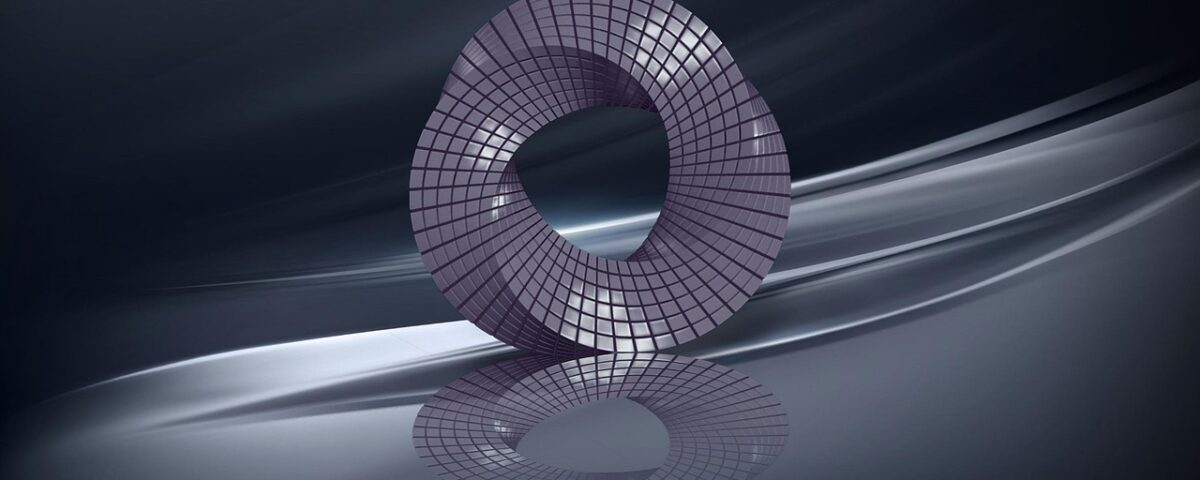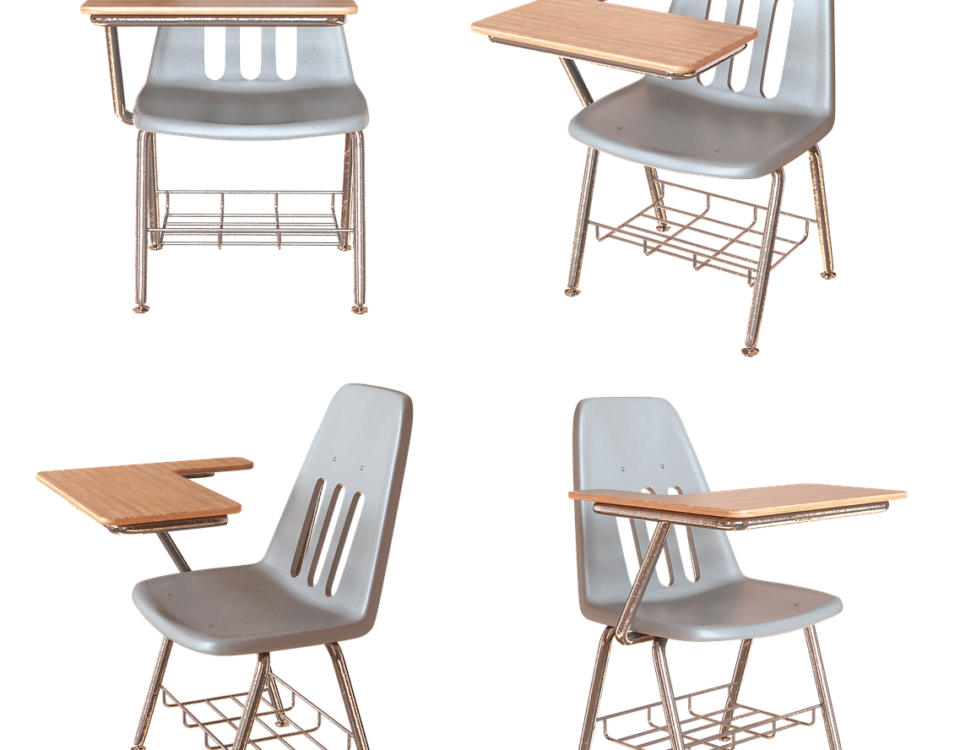Selection of Arc Spray Coating Process Parameters for Mold Manufacturing

Key Technologies in Arc Spray Coating for Mold Manufacturing
February 17, 2025
Injection Molding Applications of Arc Spray Coating Molds
February 17, 2025The arc spray coating process is a critical technique used in mold manufacturing, particularly for creating durable and high-precision molds in a time-efficient manner. By selecting the proper arc spray process parameters, it is possible to achieve a coating with high bonding strength, microhardness, macrohardness, wear resistance, and minimal porosity. The primary process parameters include arc voltage, atomizing gas pressure, spray distance, and spray gun movement speed. Each of these parameters plays a significant role in determining the quality and performance of the final coating and mold.
Key Parameters in the Arc Spray Coating Process
- Arc Voltage
The arc voltage directly influences the particle size of the metal droplets. If the voltage is too high or too low, it will result in larger particles, which negatively affects the coating density. The ideal voltage ensures the metal droplets are evenly distributed, forming a uniform and dense coating on the model surface. The arc voltage must be carefully controlled to prevent excessive overheating or insufficient melting of the spray wire, both of which can degrade coating quality. - Atomizing Air Pressure
The atomizing air pressure controls the size and oxidation level of the metal particles during the spray process. If the air pressure is too low, the metal particles become coarse, and the coating is prone to oxidation, making it porous and weak. On the other hand, excessively high air pressure can disturb the thermal source and reduce deposition efficiency. The right balance ensures that the metal particles are finely atomized, resulting in a higher-quality coating with enhanced bonding strength. - Spray Distance
The distance between the spray nozzle and the model surface (transition base mold) is crucial for determining the energy and temperature of the metal particles as they impact the mold. A longer spray distance reduces the particle speed and temperature, leading to a lower deposition rate and a less dense coating. Conversely, a short spray distance can cause localized overheating, leading to thermal distortion, cracking, or even failure of the mold. The optimal spray distance typically ranges from 150 to 200 mm for zinc and aluminum coatings, ensuring the best combination of high particle speed and minimal oxidation. - Spray Gun Movement Speed
The speed at which the spray gun moves across the surface affects both the coating thickness and the overall quality of the mold. If the speed is too slow, excessive heat can accumulate locally, increasing internal stresses and causing defects such as bubbling. A higher spray gun speed is generally preferred to ensure uniform coating thickness. In some cases, for smaller molds, intermittent spraying may be used to allow the coating to cool and prevent overheating. - Feed Wire Speed
The feed wire speed controls the rate at which metal wire is fed into the arc. This parameter must be well-matched with the heat source power to ensure proper melting and atomization of the wire. If the feed speed is too high or too low, it will affect the uniformity of the metal droplets and the overall deposition rate, leading to inconsistencies in the coating.
Heat Source Power and Spray Current
The power of the arc, which is determined by the voltage and current, is a key factor in the arc spray process. The ideal power level ensures that the arc remains stable and the spray wire is sufficiently melted, while the metal droplets are evenly distributed and atomized. If the power is too low, it will be difficult to initiate and maintain the arc, resulting in poor bonding strength. Conversely, too much power can cause overheating, resulting in sputtering of metal droplets, which leads to a decrease in bonding strength.
When spraying zinc alloys, a typical voltage of 36V and current of around 110A is recommended for achieving optimal coating quality. Additionally, the spray current influences the deposition rate—higher currents generally result in stronger bonds due to better heating of the metal particles.
Air Pressure and Flow Rate
In arc spray coating, compressed air is used to atomize the molten metal and project it onto the surface of the model. The air pressure and flow rate directly impact the density of the coating. Higher pressure and flow rates improve the atomization of the metal, leading to finer particles and a stronger, denser coating. However, when applying the first few layers of metal, a lower air pressure is often used to ensure proper bonding without excessive compaction of the underlying layer.
Backing Layer Process
Once the metal shell is formed, it is still not strong enough to function as a mold on its own. A backing layer must be added to support and reinforce the shell. The backing material should have a similar or matching coefficient of thermal expansion as the sprayed metal to ensure uniform deformation under temperature changes. Common backing materials include low-melting-point alloys (such as bismuth-tin alloys), resins, or other thermally conductive materials.
Important Considerations for Backing Layer Materials:
- Thermal Expansion Compatibility: The backing material should match the thermal expansion characteristics of the spray-coated metal to ensure uniform deformation when exposed to temperature variations during mold use.
- Strength and Thermal Properties: The backing material must possess sufficient strength, heat resistance, and thermal conductivity to withstand the stresses and heat generated during mold operation.
- Formability: The backing material should be easy to shape and fill the shell’s cavity without leaving air gaps that could compromise the mold’s strength.
In some cases, vacuum casting techniques are used to eliminate air pockets and ensure tight bonding between the backing and sprayed metal layer.
Conclusion
Selecting the appropriate arc spray coating parameters is crucial for achieving high-quality molds with the desired mechanical and thermal properties. By carefully adjusting parameters such as arc voltage, atomizing air pressure, spray distance, and spray gun speed, manufacturers can produce molds that offer high bonding strength, durability, and precision. Additionally, the use of compatible backing materials ensures that the mold can withstand the operational stresses it will face during use. With these optimal parameters, the arc spray coating process can provide a fast, reliable, and cost-effective solution for mold manufacturing.


